Wellington's Local Rat Controllers
Rat Control Wellington
At Total Pest Control, we provide expert rat control services in Wellington to help protect your property and restore peace of mind. We service the entire Wellington region, going as far as Plimmerton and Upper Hutt. Trust it to us for Rat Control in Wellington.
Rat Control Prices
Commerical
Pest Free Proprety Plan
.svg)
.svg)
.svg)
Our Process
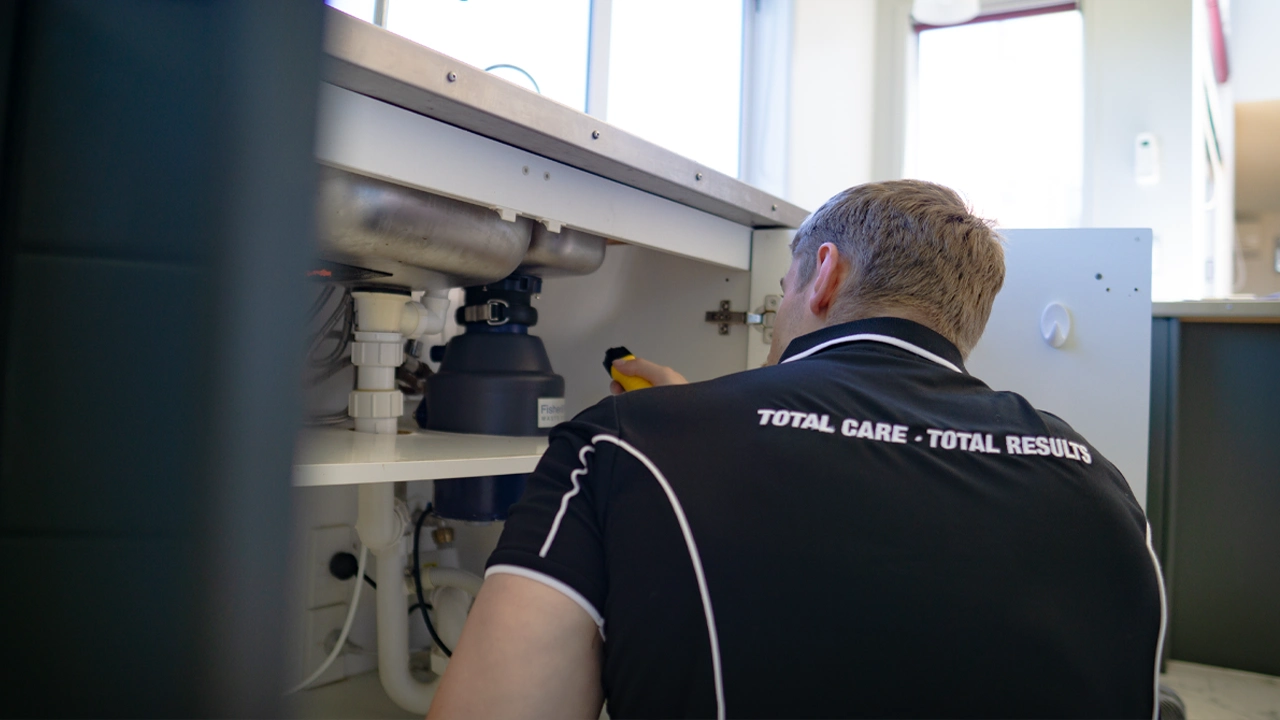
Inspect
Get in touch – Simply fill out our online form or give us a call to speak with one of our technicians and book in a treatment (see what’s included below).
Meet & Greet – When we arrive, our technician will introduce themselves and ask you to share what you’ve seen or heard, pointing out problem areas. We’ll then explain our plan of action so you know exactly what to expect.
Inspection – We’ll carry out a full inspection of your property, including the subfloor, roof space, all interior rooms, and the exterior. We’ll also review your food and waste management practices. During the inspection, we’ll take photos to highlight entry points and risk factors, which we’ll use to provide you with a pest-proofing quote. You’re welcome to join us during the inspection, ask questions, and raise any concerns.
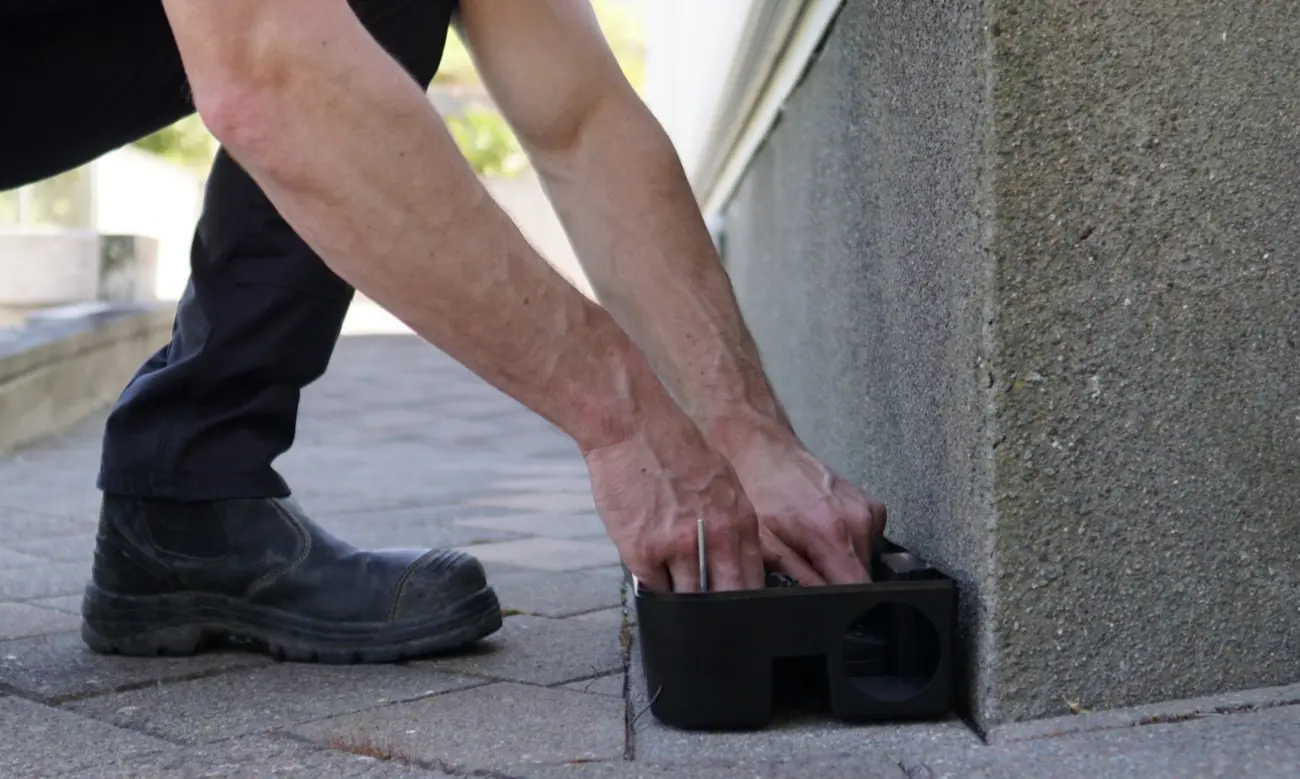
Treat
Treatment – After the inspection, our technician will review their findings and select the most effective treatment method for your situation (see treatment options below). We’ll talk you through the process to make sure your concerns are addressed before carrying out the treatment.
Our Rodent Treatments
We have a range of rodent control treatments that we use depending on the property, infestation severity, your concerns, and your goals. Some of the options we may use include:
Bait Stations – Our most common treatment is the installation of commercial-grade bait stations in high-traffic areas identified during our inspection. Typically, we use two outside and one inside. Each bait station contains enough bait to target multiple mice and rats. The bait usually lasts around three months, and we can return to refill it if requested.
Pest Proofing – During our inspection, we identify the entry points rodents are using. We then provide a quote for pest proofing, which is normally carried out 2–3 weeks after rodent treatment to allow time for them to vacate the property. [View our pest proofing page here] and [our prices here].
Electronic Traps – Electronic traps provide an effective, humane approach and are available if you prefer them, though they are more expensive than standard methods.
Food & Waste Management – During inspection, we may identify issues with food or waste. On the day of treatment, we’ll advise you on steps to manage these areas. Eliminating accessible food and waste helps drive rodents out of your property.
Ongoing Maintenance – Rodents are naturally persistent, so no treatment can guarantee complete removal. The best control is ongoing maintenance of the treatment we implement. Our technician will provide details on our maintenance plans, which include year-round monitoring and upkeep of your rodent treatment.
Monitoring Stations – These are more commonly used in commercial properties, but we can install them in residential properties if desired.
Snap Traps / Manual Trapping – A humane control method providing an instant kill. This approach is more expensive but effective in certain situations.
Tricky Access Baiting – For properties with difficult access to roof spaces or subfloors, our technicians have strategies to ensure effective treatment.
For full health and safety details regarding all treatments, click here
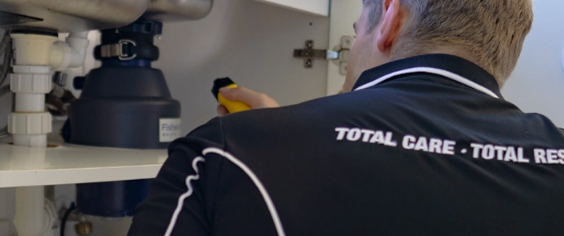
Maintain
Monitoring – Most rat treatments are effective for up to 3 months. For ongoing protection, we recommend our maintenance plan, which provides year-round control and peace of mind (read more about it below).
Need Help with Rat Control?
Total Control with Total Pest Control
For over 5 years, we’ve been protecting Wellington homes and properties with our local technicians who treat every house as their own. We strive to go above and beyond for each property, 365 days a year, no matter the weather or task. You can count on us.
Local Technicians, Local Solutions
Offering specialised services tailored to your specific pest problem.
Safe & Effective Results
Above and beyond health and safety standards and policies, with top-of-the-line equipment and skills.
Trusted and Caring Team
With our Wellington-born and raised team, you can have peace of mind knowing we genuinely care.
Everything To Know About The Pest
Black Rat
Also known as the “Ship Rat” (Rattus Rattus), this species is one of the most unpleasant-looking. It has a black coat, a hairless tail, feet, and ears, and dark, beady eyes. Black rats typically weigh 150-200 grams and measure 160-240mm in length.
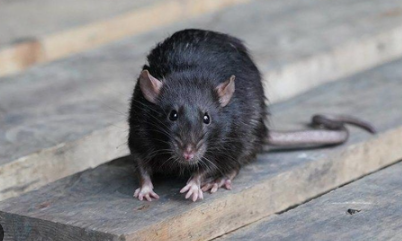
Fully Grown Black Rat
Brown Rat
Commonly called the “Norway Rat” (Rattus norvegicus), the brown rat is larger than the black rat and has a brown coat. Like the black rat, its tail, feet, and ears are hairless.

Fully Grown Brown Rat
Kiore Rat
Known as the “Polynesian Rat” (Rattus exulans), these are smaller rodents with brown fur and grey-to-white undersides.
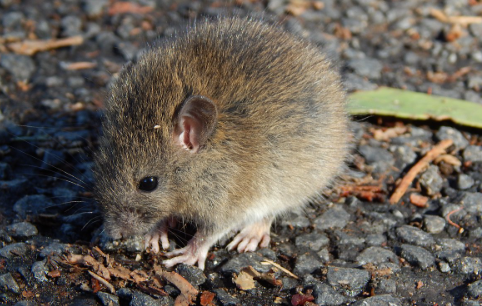
Fully Grown Kiore Rat
Signs and Behavior
Rat droppings are typically 12mm or larger. Rats are nocturnal, highly intelligent, and extremely adaptable. They possess an acute sense of smell to locate food. With their strong teeth, rats can chew through materials like metal, wood, and plastic—common components in your home’s plumbing and electrical systems. Since their teeth never stop growing, they constantly gnaw on surfaces, causing serious damage to wires, pipes, and framing.
.svg)